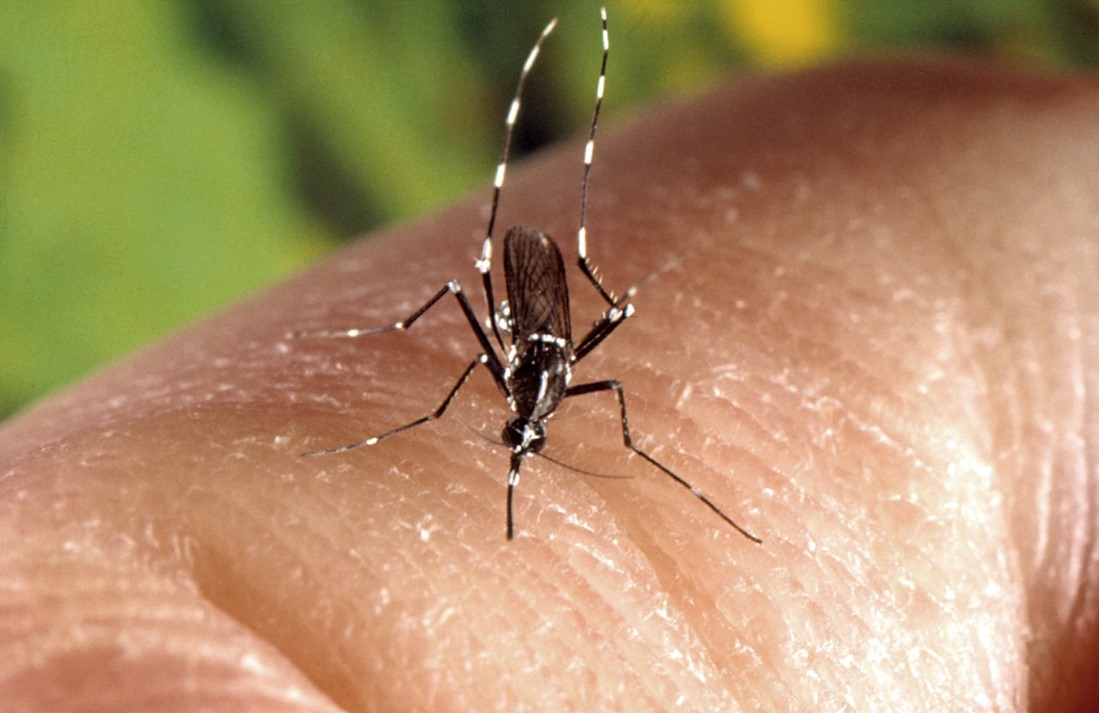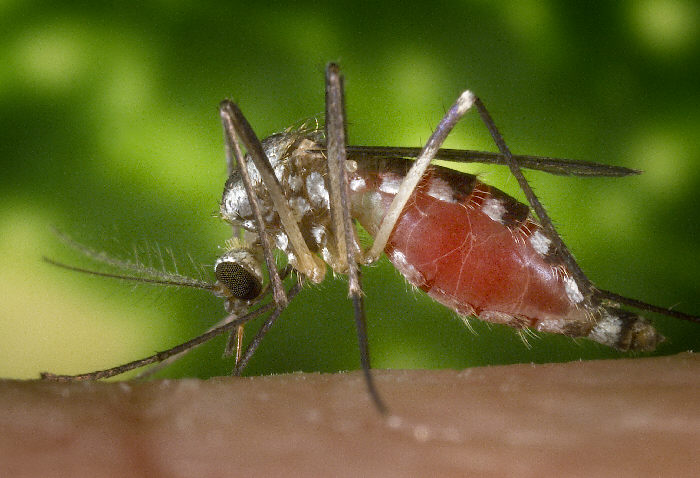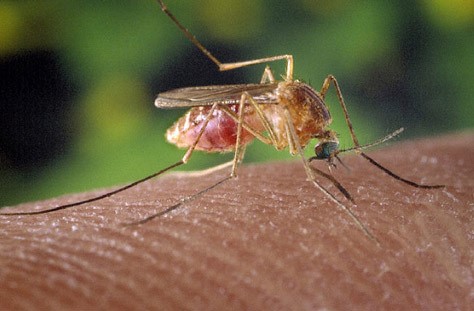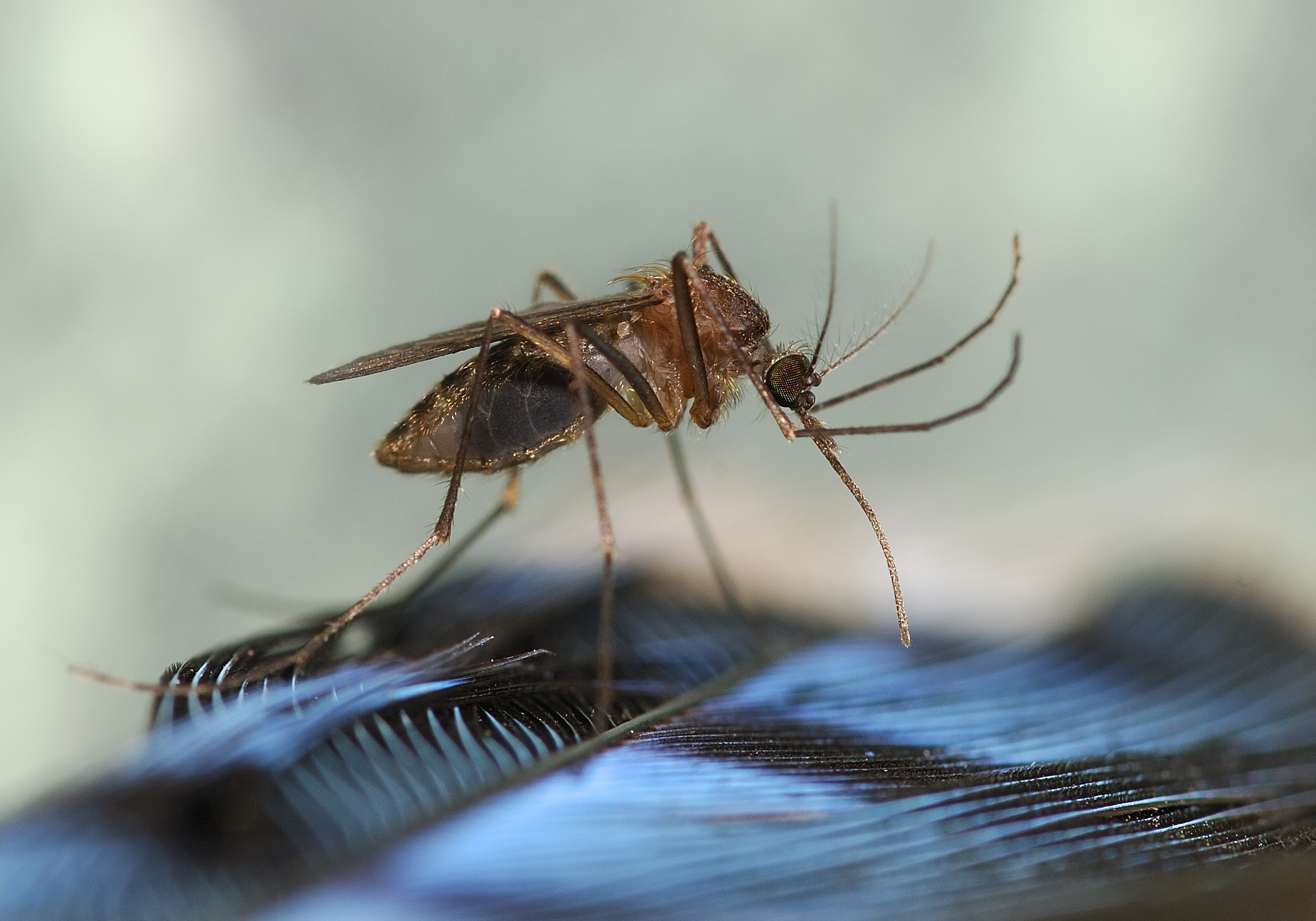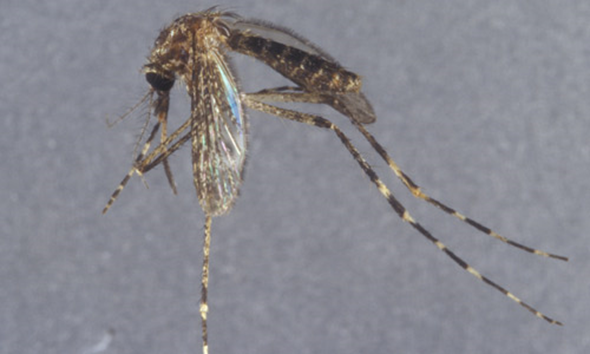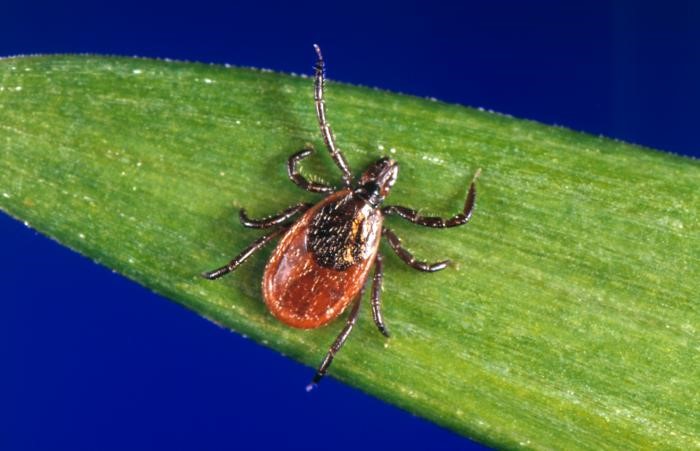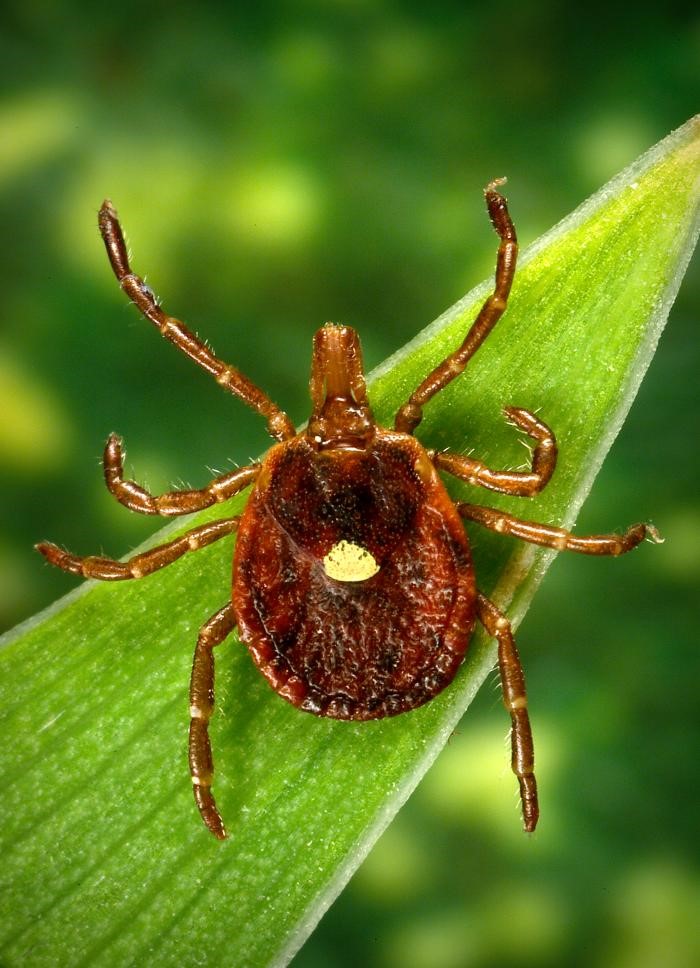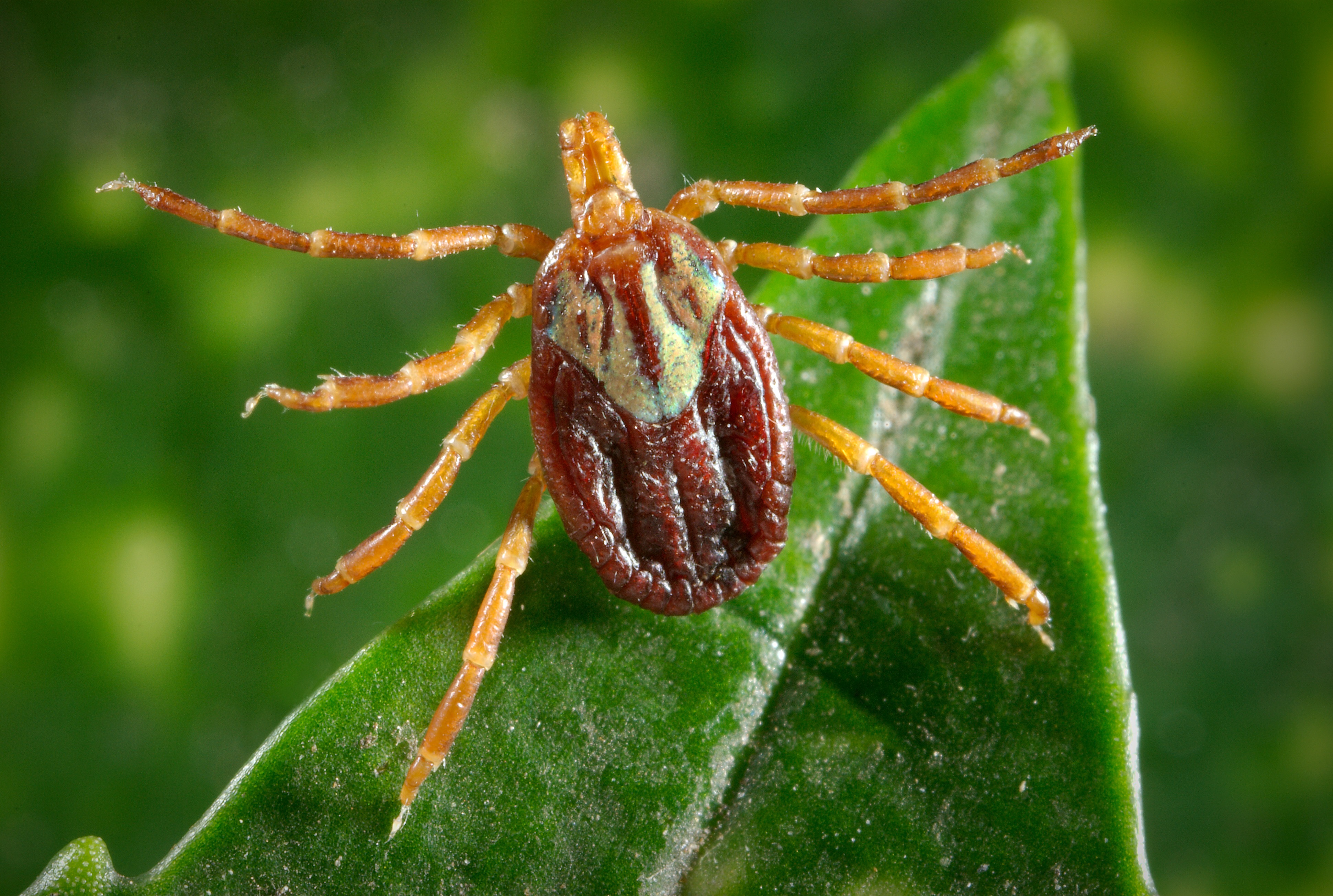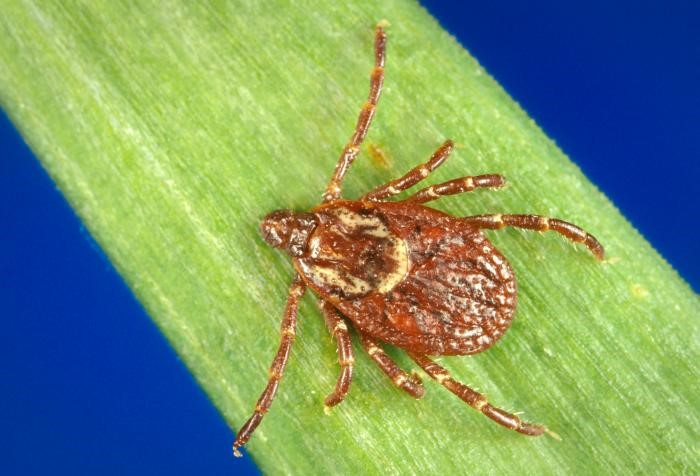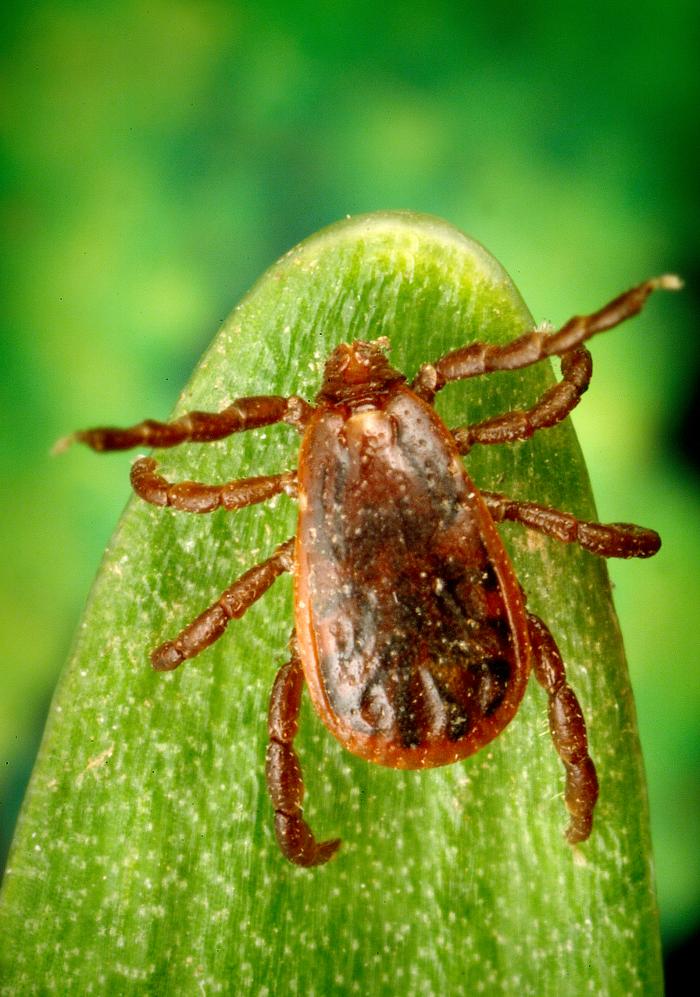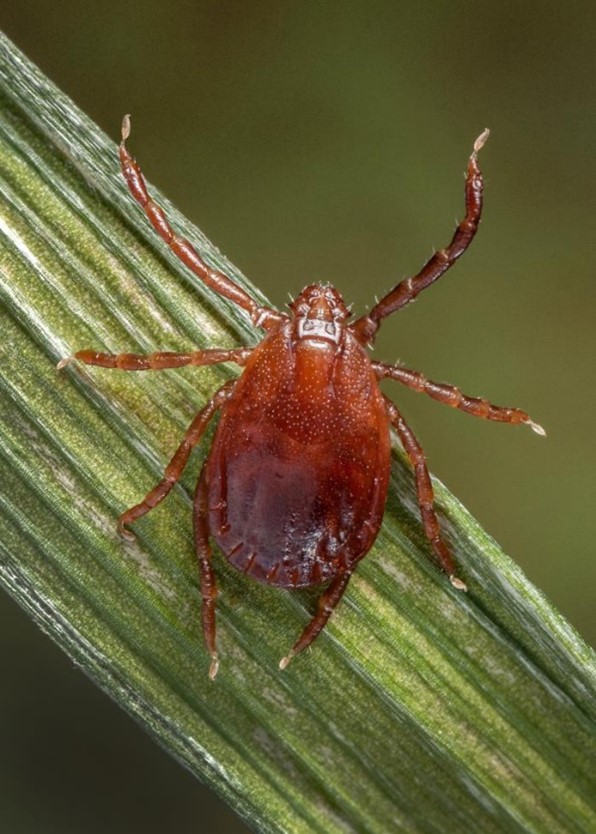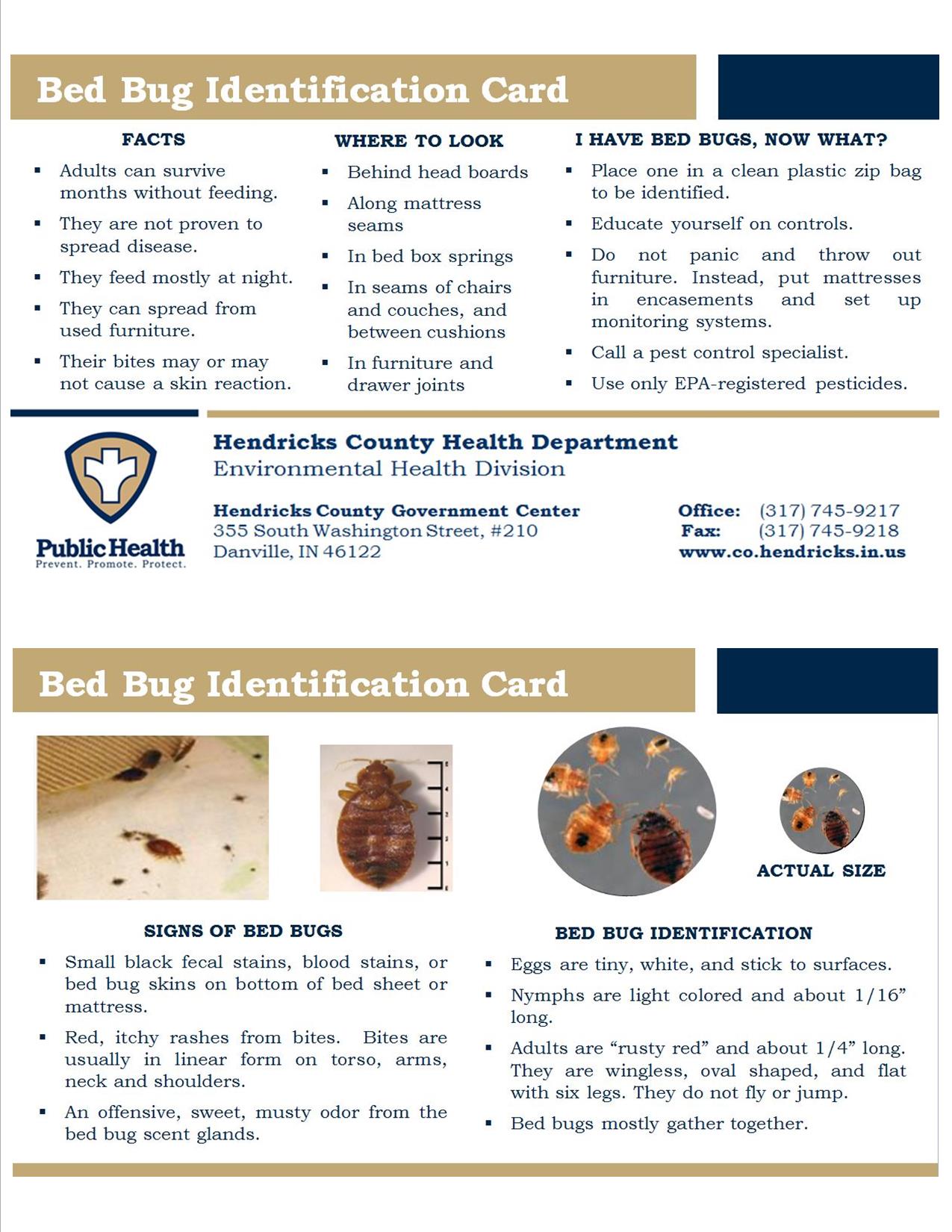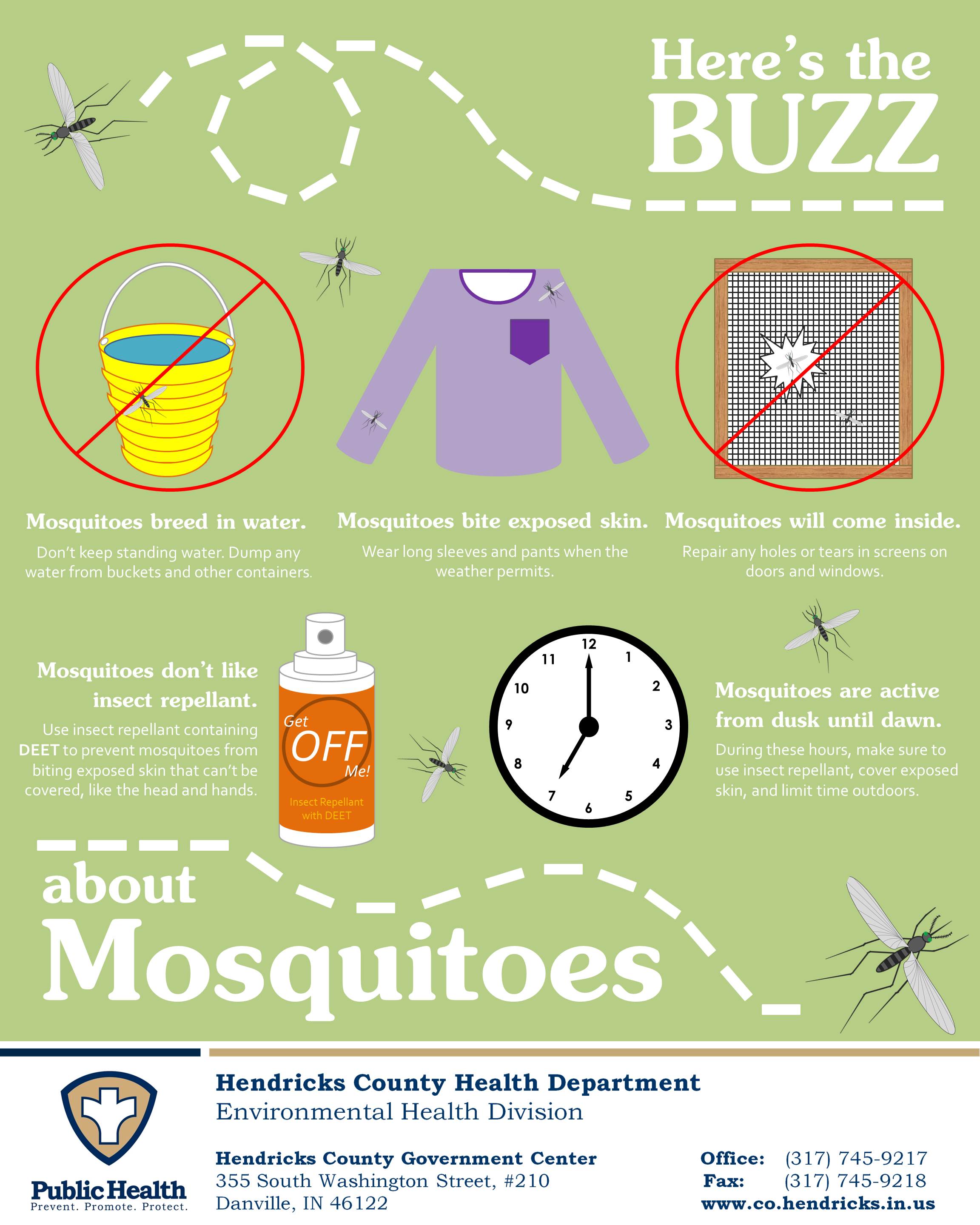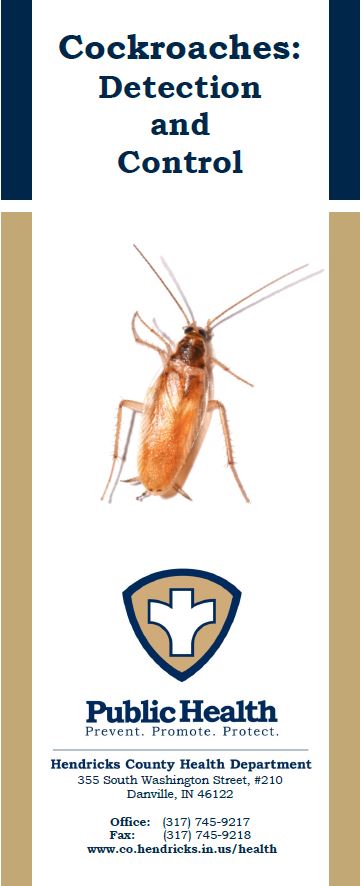Mosquito Information
Mosquito Prevention
Protecting Yourself From Mosquito Bites
- Know when to expect mosquito bites. The mosquitoes that transmit disease in Indiana usually bite during the hours from dusk to dawn.
- Wear EPA-registered insect repellents. The Environmental Protection Agency (EPA) recommends repellents containing DEET, picaridin, IR3535, oil of lemon eucalyptus, para-menthane-diol or 2-undecanone. Not all repellents are effective against both mosquitoes and ticks. The EPA’s helpful search tool can help you find the product that is best for you. Always follow product instructions:
- Do not use insect repellent on babies younger than 2 months old.
- Do not use products containing oil of lemon eucalyptus or para-menthane-diol on children younger than 3 years old.
- Treat your clothes and outdoor gear with 0.5% permethrin. Permethrin can be used to treat boots, clothing and camping gear and remains protective through several washings. Permethrin should never be applied directly to the skin.
- Reduce the amount of exposed skin. Wearing long sleeves, long pants, hats, socks and shoes that cover the entire foot will make it more difficult for mosquitoes to bite.
Taking Steps to Control Mosquitoes Indoors and Outdoors
- If possible, use air conditioning rather than leaving your doors and windows open.
- Use screens on windows and doors. Repair holes in screens to keep mosquitoes outdoors.
- Find and remove possible mosquito breeding sites around your home. Mosquitoes lay their eggs in standing water. Removing sources of standing water can reduce the number of mosquitoes around your property. This will protect you and your family as well as your neighbors:
- “Tip and toss:” Once a week, empty and scrub, turn over, cover, or throw out items that could collect water outdoors, such as tires, buckets, planters, toys, pools, birdbaths, flowerpots and trash containers.
- Tightly cover water storage containers (buckets, cisterns, rain barrels) so that mosquitoes cannot get inside to lay eggs.
- For containers without lids, use wire mesh with holes smaller than an adult mosquito.
- If you have a septic tank, repair any cracks or gaps. Cover open vents or plumbing pipes. Use wire mesh with holes smaller than an adult mosquito.
Mosquito-Borne Diseases in Indiana
- West Nile virus
- Eastern Equine Encephalitis
- La Crosse Encephalitis virus
- St. Louis Encephalitis virus
- California serogroup viruses
Imported Diseases
Indiana Mosquito-Borne Activity Dashboard
Visit the Indiana mosquito-borne activity dashboard for up to date mosquito surveillance and human/equine case surveillance data.
Hendricks County Mosquito Collection Sites
Tick Information
- Blacklegged Tick
- Lone Star Tick
- Gulf Coast Tick
- American Dog Tick
- Brown Dog Tick
- Asian Longhorned Tick
Tick Prevention
5 Easy Steps to Prevent a Tick Bite
- AVOID areas where ticks live. Ticks thrive in places like wood piles, leaf litter, long grass, beach grass, bushy areas, stone walls, and perimeters where the lawn meets the woods.
- WEAR light-colored clothing to spot ticks more easily; long-sleeved shirt tucked in at the waist, long pants tucked into high socks, closed-toe shoes, and a hat with your hair tucked in, if possible. Do not walk in the grass barefoot or in open sandals, even if it’s a shortcut.
- APPLY EPA-approved tick repellent (such as picaridin or DEET) to skin and insecticide (such as permethrin) to clothing, and shoes as directed. Visit EPA to review list of approved skin repellent: https://www.epa.gov/insect-repellents/skin-applied-repellent-ingredients.
- REMOVE clothing upon entering the home; toss into the dryer at high temperature for 10-15 minutes to kill live ticks. Putting them in the washer, however, will not.
- EXAMINE yourself and your pets for ticks daily. Feel for bumps paying close attention to the back of knees, groin, armpits, in and behind the ears, belly button, and scalp. Check everywhere – ticks love to hide where the sun don't shine.
Reference (https://www.globallymealliance.org/about-lyme/prevention/be-tick-aware/)
Remove attached ticks immediately
- Use blunt forceps or tweezers.
- Grasp the tick as close to the skin surface as possible and pull upward with a steady, even pressure.
- Do not to squeeze, crush or puncture the tick.
- Do not handle the tick with bare hands because infectious agents may enter via mucous membranes or breaks in the skin.
- After removing the tick, disinfect the bite site and wash hands thoroughly with soap and water.
Consult a physician immediately if a rash or flu-like symptoms develop.
Indiana Tick-Borne Disease Surveillance Dashboard
Visit the Indiana tick-borne disease surveillance dashboard for up to date tick surveillance/testing data and human case surveillance data.
Tick-Borne Disease in Indiana
Emerging Diseases
Additional Information:
Ticks on Indiana Department of Health
|
Here's the Buzz about Mosquitoes |
Cockroach Detection and Control |
Contact Us
- Phone: (317) 745-9217
- Fax:
(317) 745-9218 - Staff Directory
- Hours: M - F 8:00 a.m. - 4:00 p.m.
Important Phone Numbers:
Environmental Health: (317) 745-9217
Public Health Nursing: (317) 745-9222
Vital Records: (317) 718-6022
Public Health Preparedness:
(317) 745-9214
Public Health Education:
(317) 745-9372
Healthy Families: 317-745-9426
To report a Public Health Emergency that needs immediate response after normal office hours, please contact Hendricks County Dispatch at (317) 839-8700 .
Facebook | Twitter
